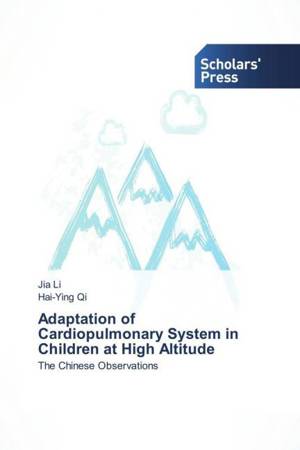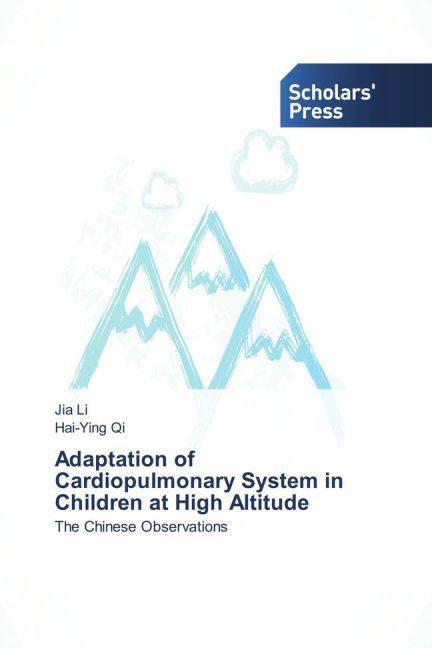
- Afhalen na 1 uur in een winkel met voorraad
- Gratis thuislevering in België vanaf € 30
- Ruim aanbod met 7 miljoen producten
- Afhalen na 1 uur in een winkel met voorraad
- Gratis thuislevering in België vanaf € 30
- Ruim aanbod met 7 miljoen producten
Zoeken
Adaptation of Cardiopulmonary System in Children at High Altitude
The Chinese Observations
Jia Li, Hai-Ying Qi
Paperback | Engels
€ 45,95
+ 91 punten
Omschrijving
About 140 million people worldwide live at an altitude above 2500 m. Of them, 78 millions are in the Himalayas in Asia, 35 millions in the Andes of South America and 13 millions in Ethiopia. They are exposed to an environment of ambient hypoxia. Their oxygen transport system must offset hypoxia in order to support for development and reproduction. Scientific study of human adaptation to high started in Andeans in 1950s, Tibetans in 1970s and Ethiopians in the beginning of this century. To the same stress, the responses among the three populations are quite different. In China, beginning with the 1960s, a large numbers of low-altitude Han migrated to Qinghai, now allowing a new dimension of the natural experiment in evolution to compare the second-generation Han migrants with native Tibetans. This book offers an overview of different adaptations in the three regions and introduces our new findings in developmental adaptation in cardiopulmonary system in Han and Tibetan children in Qinghai.
Specificaties
Betrokkenen
- Auteur(s):
- Uitgeverij:
Inhoud
- Aantal bladzijden:
- 140
- Taal:
- Engels
Eigenschappen
- Productcode (EAN):
- 9783639769975
- Verschijningsdatum:
- 21/09/2015
- Uitvoering:
- Paperback
- Afmetingen:
- 150 mm x 220 mm
- Gewicht:
- 203 g

Alleen bij Standaard Boekhandel
+ 91 punten op je klantenkaart van Standaard Boekhandel
Beoordelingen
We publiceren alleen reviews die voldoen aan de voorwaarden voor reviews. Bekijk onze voorwaarden voor reviews.











